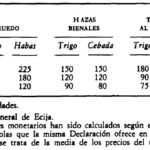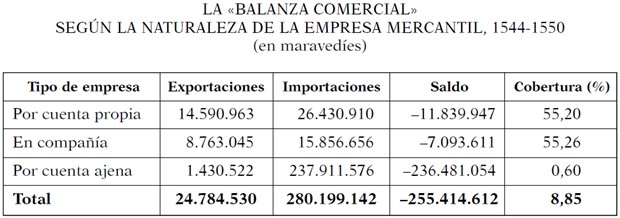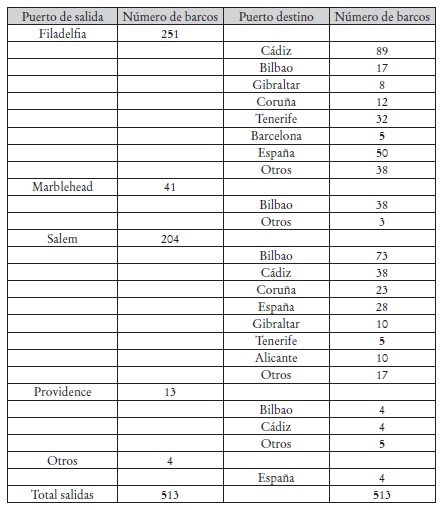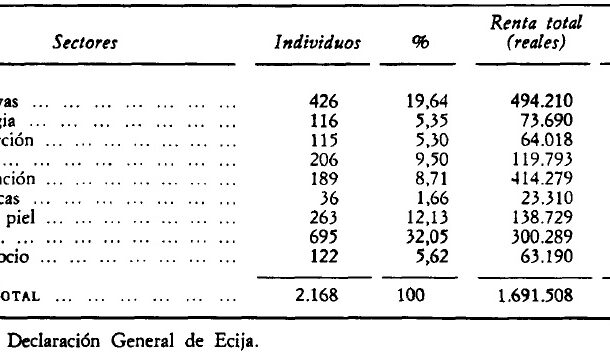
The growth of Ecija led it to become a second-tier town within the southern urban network, acting as a link between the large cities and the rural areas. In general, the landscape was dominated by cultivation, as further to the northwest there were areas of uncultivated wasteland. The land dedicated to cultivation occupied 76.7% of the total area of the municipality, higher than that of Seville, which occupied 57.3%. This land was used in different ways, with cereals occupying 73.61% and more than half of the total area; olive groves occupy 25.3%, while vineyards (0.69%) and orchards (0.37%) are minority crops. Amongst the orchard products, new products such as cotton and maize, introduced at the beginning of the century, were of note, although they were of little importance in Ecija. It is worth noting that not all the land was of equal quality and that it was unevenly distributed according to its use. In the lands cultivated without interruption, wheat yields of 7.5, 6.8 and 5.3 respectively in the three qualities; in the biennially cultivated fields, the wheat yields are 6.6, 5.3 and 4; in the lands of the third, wheat yields are 8, 6.4 and 4.3. However, when studying the benefits of the field, an approximation to the monetary equivalences is more representative. The General Declaration gives considerable detail on which crops were the most lucrative.
Collection: Statistics
Project: 2. Social and economic impact of technological revolutions in Europe., 3. Rural world and urban world in the formation of the European identity.
Chronology: XVIII
Scope: Secondary Education, Baccalaureate, University
Resource type: Statistics
Format: Table
Source: Moreno Mengibar, Andrés José, «Economías intermedias: Écija a mediados del siglo XVIII», Revista de Historia Económica, Journal of Iberian and Latin American Economic History, 4, 2 (1986), pp. 297–328.
Language: Spanish
Date: 1986
Owner: Álvaro Romero González (Modernalia)
Copyright: © Andrés José Moreno Mengibar, © Revista de Historia Económica
Abstract: Land profitability in Ecija based on data extracted from the land registry of the Marquis de la Ensenada
Image
Tags








